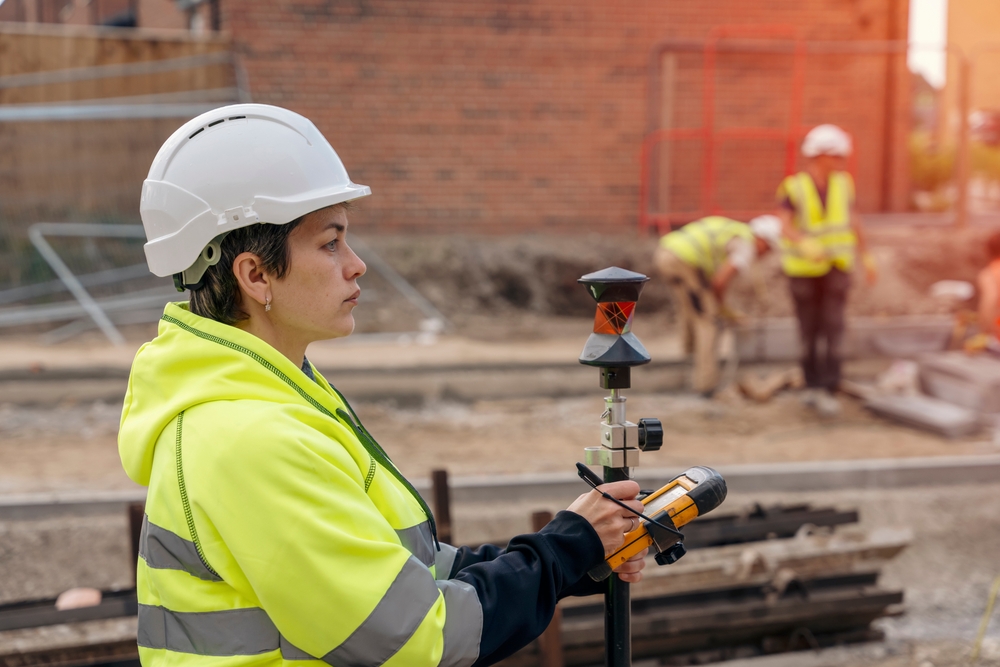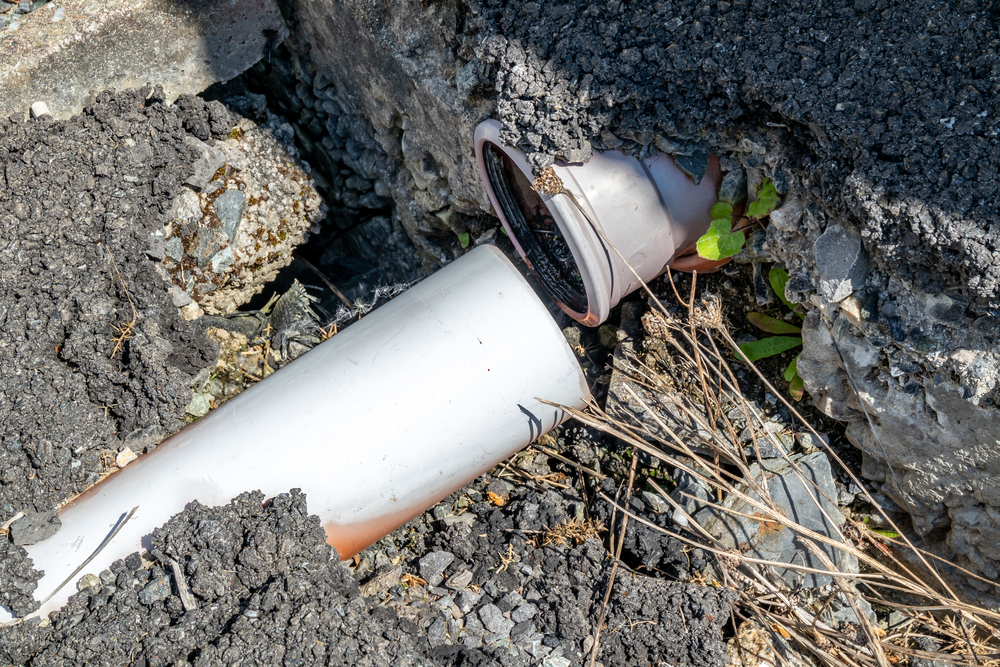


Dealing with subsidence as a homeowner can be both stressful and overwhelming. The structural damage caused by ground movement threatens the safety of your property and brings financial worries – especially concerning insurance.
Unfortunately, subsidence claims that are not paid out leave many homeowners frustrated and unsure of their next steps. But why do some claims get rejected, and what can you do if your subsidence claim is denied?
Let’s explore the common reasons why subsidence claims are not paid out, what evidence insurers require, and the steps you can take to challenge a denial and strengthen your case for a successful outcome.
Overview of Subsidence Claims in the UK
Subsidence occurs when the ground beneath a building shifts or sinks, often leading to structural issues such as cracks in walls, uneven floors, or misaligned doors and windows. Several factors, including soil movement, water damage, or tree root growth, can cause this.
If you notice signs of subsidence, acting quickly to prevent further damage is essential. Homeowners typically rely on insurance policies to cover subsidence-related repairs, but these claims can be complex and may be rejected if not carefully handled.
When you file a subsidence claim, insurance companies evaluate it based on several criteria. Unfortunately, many subsidence claims that are not paid out stem from specific reasons, such as:
Understanding these factors can help you prepare a stronger claim and avoid common pitfalls when submitting subsidence claims to your insurer.
What Oakleafe Clients Say:
Book your complimentary consultation with our insurance claim professionals.

Subsidence occurs when the ground beneath a building shifts or sinks, often leading to structural issues such as cracks in walls, uneven floors, or misaligned doors and windows. Several factors, including soil movement, water damage, or tree root growth, can cause this.
If you notice signs of subsidence, acting quickly to prevent further damage is essential. Homeowners typically rely on insurance policies to cover subsidence-related repairs, but these claims can be complex and may be rejected if not carefully handled.
When you file a subsidence claim, insurance companies evaluate it based on several criteria. Unfortunately, many subsidence claims that are not paid out stem from specific reasons, such as:
Understanding these factors can help you prepare a stronger claim and avoid common pitfalls when submitting subsidence claims to your insurer.
What Oakleafe Clients Say:
Book your complimentary consultation with our insurance claim professionals.

If your subsidence claim has been denied, it’s important not to give up. You can take several steps to challenge the decision and potentially overturn the rejection, especially in cases where subsidence claims that are not paid out seem unjust.
1. Review Your Policy
Begin by reviewing your insurance policy to understand the grounds for denial. Look closely for any exclusions or conditions you may have missed, and check whether the denial aligns with your policy’s terms.
2. Gather Additional Evidence
If your claim was denied due to insufficient evidence, strengthen your case by obtaining further documentation. Hiring a structural engineer or surveyor can provide detailed assessments of the damage. Including comprehensive photos and repair estimates from contractors can help prevent subsidence claims that are not paid out.
3. Appeal the Decision
Submit a formal appeal to your insurer if you believe the denial was unjust. Be sure to include all newly gathered evidence and explain why the initial decision should be reconsidered.
4. Consult the Insurance Ombudsman
If your appeal does not succeed, consider contacting the Financial Ombudsman Service (FOS). They can help mediate between you and the insurer and provide an independent review of your claim.
5. Seek Legal Advice
If the matter remains unresolved, you may want to consult a solicitor specialising in insurance claims. Legal action may be necessary, especially if you believe the insurer acted in bad faith.
By following these steps, you increase your chances of having the decision overturned or negotiating a more favourable outcome.
When a subsidence claim is submitted, insurers conduct a detailed investigation to determine the damage’s cause, extent, and liability. Understanding this process can help you avoid subsidence claims that are not paid out. Here’s what you can expect:

While subsidence can be unpredictable, several preventative measures homeowners can take to reduce the risk of unpaid subsidence claims are critical. Regular tree management and proper drainage are critical steps in preventing subsidence. Conducting regular inspections for early signs of structural damage can also prevent minor issues from escalating.
Insuring a property with a history of subsidence can be challenging, but it’s possible with careful planning and research. Homeowners should expect some challenges, such as:
Researching your options and being transparent with insurers will help you secure the coverage you need while protecting your investment.

In some cases, seeking professional assistance can significantly affect the outcome of your subsidence claim. Hiring a chartered surveyor or structural engineer provides independent assessments that lend credibility to your claim. These experts can offer valuable insights into the cause and extent of the damage.
Legal advisors can also be crucial, especially if your claim becomes contentious. They can guide you through the appeal process and negotiate with insurers on your behalf. Engaging professionals ensures that your interests are represented and increases the likelihood of a satisfactory resolution.
Understanding why subsidence claims are often denied can help you navigate the process more effectively. By staying informed about policy terms, maintaining your property, and gathering solid evidence, you can increase the likelihood of a successful claim.
Key takeaways:
Be proactive in managing subsidence risks, maintaining your insurance coverage, and acting swiftly if your claim is denied. These steps can help ensure your home remains protected and you secure the payout you deserve.
Oakleafe Claims have represented policyholders and managed their insurance claims since before the First World War. We have vast expertise and experience in both domestic and commercial insurance claims with thousands of satisfied policyholders who have received their deserved insurance settlement. With no upfront fees required, our internal data shows that insurance claims managed by professional loss assessors like Oakleafe can expect a settlement up to 40% higher than claims managed by the policyholder.
What Oakleafe Clients Say:

Please complete the form and one of our insurance claim professionals will call you back ASAP